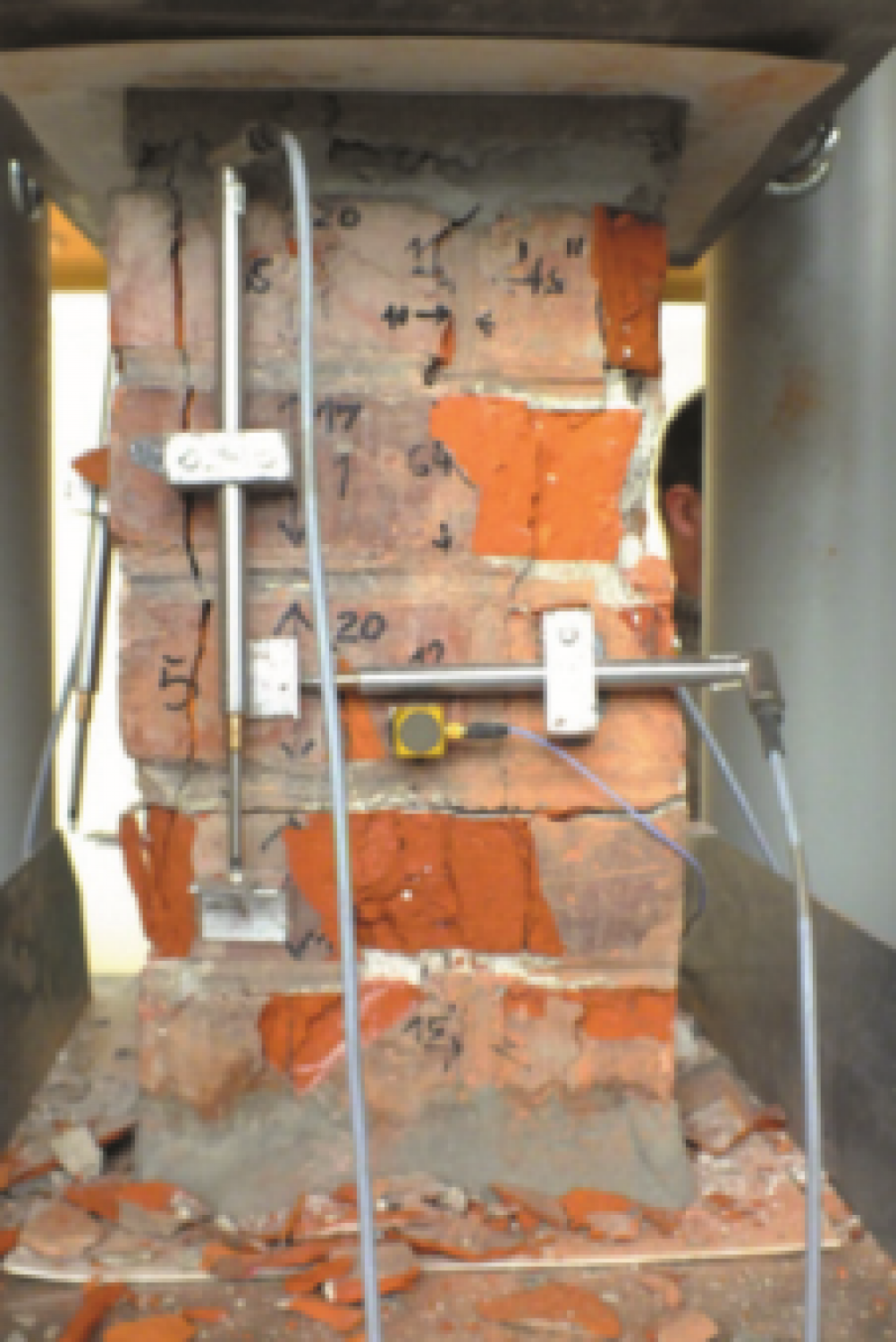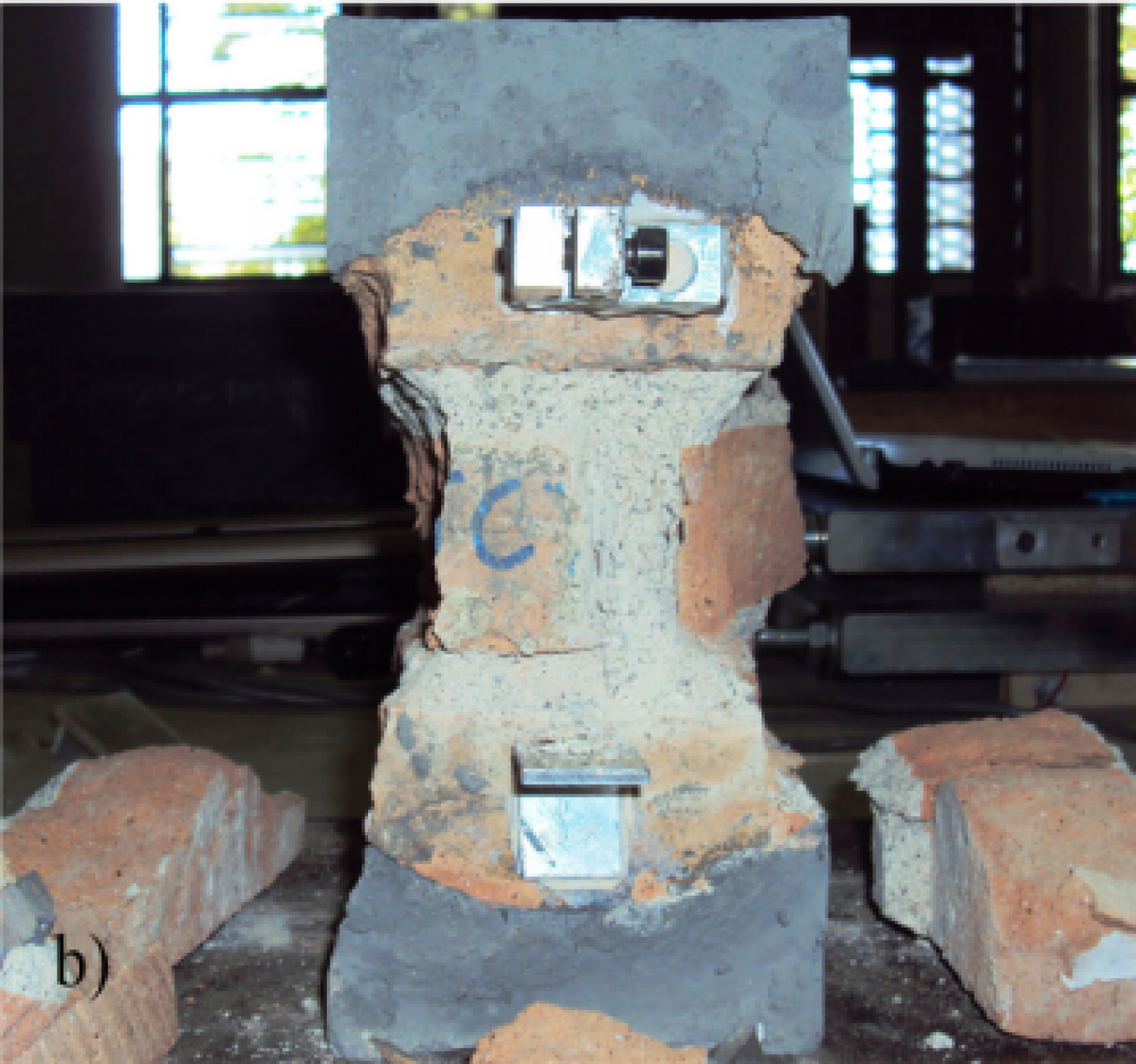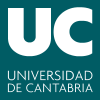Keynote Speaker
Prof. Pere Roca
Technical University of Catalonia, Spain
Brief curriculum vitae
Pere Roca is Professor at the School of Civil Engineering of Barcelona in the Technical University of Catalonia (UPC) since 2000, where he carries out his activity as lecturer, researcher and consultant on building structures. His research is oriented to structural analysis techniques, experimental analysis, structural monitoring, seismic evaluation, and strengthening techniques with focus on existing structures. A significant part of his research effort has been devoted to the development of criteria and tools for the conservation and restoration of monuments and historical structures. He is an active member of the ICOMOS International Scientific Committee on Analysis and Restoration of Structures of Architectural Heritage (ISCARSAH), which he chaired during 2005-2008. He is lecturer in the Advanced Masters on Structural Analysis of Monuments and Historical Constructions (SAHC). He is co-editor of the International Journal of Architectural Heritage since 2007 and co-advisor of the Conference Series on Structural Analysis of Historical Constructions. He has been consultant in over 100 case studies on existing and historical structures, including Romanesque and Gothic churches and cathedrals, medieval bridges and Modernist buildings. He has collaborated in the study of 9 UNESCO World Heritage buildings.
Plenary session
Investigation on experimental techniques for the mechanical characterization of brick masonry
The assessment and verification of historical construction is still facing significant challenges due to the complexity of historical masonry as structural material. The large variety of masonry types, the material heterogeneity and the large scattering of the mechanical properties are among the most important sources of difficulty. The mechanical characterization of the material is also hindered by the fact that the available technical stardards are mainly oriented to the characterization of modern brickwork and do not consideer the peculiarties and difficulties posed by existing or historical masonries.

In an attempt to discuss on these difficulties and provide possible solutions, a critical review will be presented on available and innovative experimental techniques for mechanical characterization by laboratory and in situ techniques.
Several methods f applicable to the material components will be discussed first, including the Double Puch Test or different penetrometric tests on mortar joints and compression tests on different types of brick samples.


The possibility of performing laboratorty compression or shear tests on cylindrical specimens extracted from real structures will be also discussed. All the methods presented will be evalaued in terms of real applicability, reliability and accuracy.



